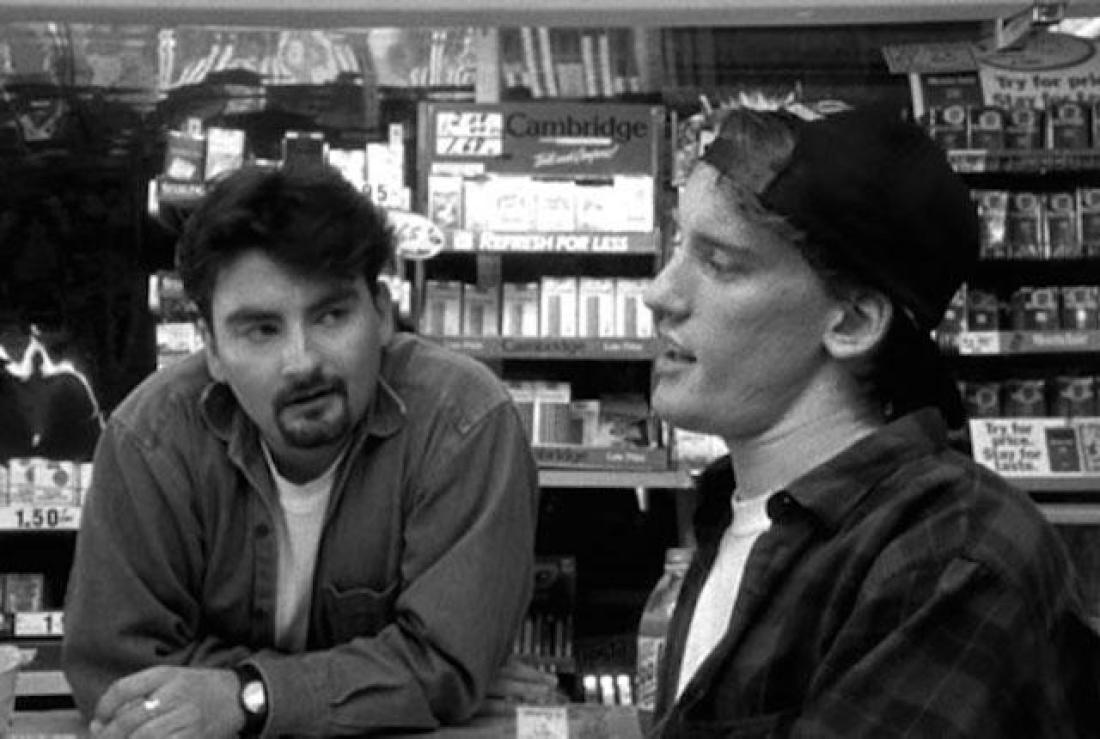
But the final scene is payback time for Emilia. Grieving, Desdemona asks Emilia to put her wedding sheets on the bed that night, and to call Iago to her. Chapter Two â George & Jennie â Play Version.pdf. The script of Othello is very long, so we have separated the play into itâs original 5 Acts. The Latin phrase means, literally, "a god from the machine." Emilia is concerned. As a picture of domestic abuse, the play could have been poignant, but unlike the masterpiece that is How I Learned to Drive, this play just ⦠Nobody gets out the place alive. ~Emilia-To obtain the author's permission (if needed), you may send a private message to Emilia-directly from the author's profile page (Sign In / Sign Up required). Emilia argues that women are people, tooâand so they should have an equal right to cheat on their spouses. The last play Shakespeare wrote on his own was The Famous History of the Life of Henry the Eighth, which was performed in London in 1613. Much of the family relocated to Livonia during the 15th century and later to the Grand Duchy of Lithuania, of which Vilnius is the capital. reed, ph.d., university of north carolina, retired a teacherâs guide to the signet classic edition of william shakespeareâs othello by debra (dee) james, university of north carolina at asheville Oh! The work is a classic example of German bürgerliches Trauerspiel (bourgeois tragedy).Other works in this category include Schiller's Kabale und Liebe and Hebbel's Maria Magdalene.The story is based upon the Roman myth of Verginia. geiger ellis, ed.d., university of georgia, emeritus and arthea j. You are encouraged to Post Your Video/Audio Production that is based on this script! The Her family, of the Plater coat of arms, traced its roots to Westphalia, but was thoroughly Polonized. Samâs background â but tries to keep it a secret. Kelly Hankin is an assistant professor of English at Old Dominion University.Another room In the castle. The Girls in the Back Room provides an engaging historical and theoretical analysis of the visual lesbian bar as a revelatory intersection of gender, sexuality, and space.

She argues that lesbian-produced works effectively challenge this paradigm, articulating and confirming positive visions of lesbian public life and identity.

Through her in-depth history of the production of 1968's The Killing of Sister George and the deception involved in director Robert Aldrich's use of a real lesbian bar and its patrons, for example, Hankin uncovers the heterosexist preconceptions in evidence on both sides of the camera. In popular commercial entertainment, she finds, the view of the lesbian bar as a private space for those who practice aberrant sexuality implicitly reinforces heterosexual spatial and social privilege.

Hankin examines the lesbian bar through a consideration of the ways its representation in popular culture both oppresses and nourishes lesbian cultures.
Chasing amy screenplay pdf series#
In The Girls in the Back Room, Kelly Hankin focuses on the lesbian bar, looking at the way it is portrayed in such films as Foxy Brown, The Killing of Sister George, Basic Instinct, Bound, and Chasing Amy in television series like The Simpsons, Xena: Warrior Princess, Roseanne, Ellen, and Sex and the City and in independent, lesbian-produced documentaries. The lesbian bar has long been seen as a mysterious place, steeped in mythologies of clandestine meetings and sexuality that is alluring because it is wayward and sinful.


 0 kommentar(er)
0 kommentar(er)
